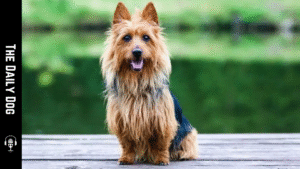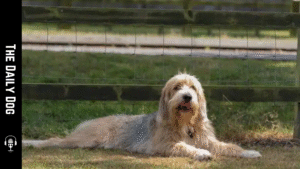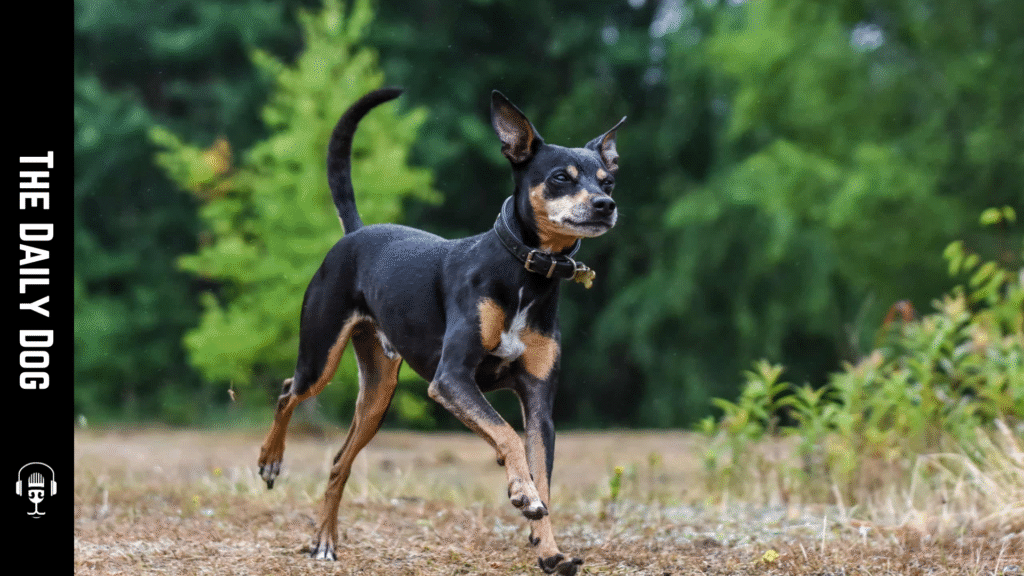The Mallorca Ratter, a striking and agile hound hailing from the Balearic Islands, has captured the hearts of dog lovers who prize independence, athleticism, and a devoted nature. Known for its keen nose, graceful gait, and unwavering loyalty, this breed blends rustic charm with a refined presence that suits both active families and individuals seeking a steadfast four-legged partner. In this post, we explore the Mallorca Ratter’s origins, temperament, care needs, training considerations, and what prospective owners should know before welcoming one into their home. By understanding its unique traits, you can build a strong, harmonious relationship that stands the test of time.
Origins and historic context
The Mallorca Ratter traces its lineage to the Mediterranean coast, where ancient hunting traditions shaped the temperament and physical attributes that define the breed today. As a hunting and ratter dog, it was prized for its stamina, adaptability, and ability to work in varied terrain—from sun-washed fields to rocky hills. While many regional varieties have faded or evolved, the Mallorca Ratter remains a symbol of heritage, embodying the enduring connection between people, land, and canine partners. This breed’s history is reflected in its lean, muscular frame, expressive eyes, and a coat that offers both practicality and character. For owners, this background translates into a dog that thrives when given a purpose, whether that purpose is exercise, scent work, or companionship.
Appearance and essential characteristics
Physically, the Mallorca Ratter is medium-sized and athletic, with a silhouette that suggests both speed and endurance. Its coat is practical for outdoor activity, typically short and low-maintenance, with color patterns that can range from solid tones to subtle markings. The breed’s head is refined, eyes bright with intelligence, and ears that convey alertness. A flexible spine and strong legs enable swift, steady movement, while a tail carried with a natural arc signals confidence during motion. Temperamentally, these dogs exude confidence without arrogance, balancing independence with a strong desire to please their human family. They are often described as alert, curious, and perceptive, traits that make them excellent watchdogs and capable companions in a variety of living environments.
Temperament and suitability for families
The Mallorca Ratter thrives on interaction and purpose. They form deep bonds with their people and respond best to consistent, positive training methods. While they possess a certain independence, they are not aloof. They seek companionship and enjoy participating in family activities, whether that involves a jog around the neighborhood, a playful fetch session, or a quiet evening at home. For families, this breed can be a fantastic match when children demonstrate respect, gentleness, and supervision. Early socialization is essential to promote comfort around other dogs, strangers, and new environments. With regular mental and physical stimulation, the Mallorca Ratter becomes a confident, well-rounded member of the household. Potential owners should be prepared to allocate time for exercise, interactive play, and ongoing training to sustain a harmonious dynamic.
Exercise, mental stimulation, and training needs
This breed is not a passive lapdog; it thrives on structured activity and cognitive engagement. Daily exercise should be substantial enough to channel energy constructively. Long walks, jogs, or hikes in varied terrain align with the Mallorca Ratter’s athletic nature. Incorporating scent work, nose games, or agility-style activities can satisfy its instinct to explore and solve problems. Mental enrichment is equally important. Puzzle feeders, interactive toys, and training sessions that introduce new commands or tasks keep the dog mentally engaged and prevent boredom-related behaviors.
Training should emphasize positive reinforcement, consistency, and patience. Because the Mallorca Ratter can display a touch of independence, it benefits from a firm but fair leader who sets clear boundaries and rewards progress. Early socialization with people and other dogs helps prevent shyness or overreactivity in unfamiliar situations. Ongoing reinforcement of basic obedience, sit, stay, recall, leave it, and wait, establishes a reliable foundation for daily life. For households with outdoor access, note that secure fencing and secure gates are important, as the breed’s curiosity and athleticism can lead to escapes if not properly contained.
Grooming and health considerations
Grooming needs for the Mallorca Ratter are generally modest. A regular brushing schedule helps reduce shedding and keeps the coat in good condition, while periodic nail trims and dental care support overall health. Bathing can be kept to a minimum unless the dog becomes particularly dirty from outdoor activities. Like all breeds, regular veterinary checkups, a balanced diet, and weight management contribute to long-term well-being. Pay attention to common breed-specific concerns, and consult a veterinarian if you notice changes in appetite, energy, or mobility.
Potential health considerations for the Mallorca Ratter include hip and joint health, eye conditions, and dental issues typical of active medium-sized dogs. Maintaining an appropriate exercise routine helps support joint integrity, while a nutrition plan tailored to age, size, and activity level assists in preventing obesity, which can strain joints. Routine screenings and preventive care, including vaccinations and parasite control, are essential components of responsible ownership. By staying proactive about health, you can help ensure many active years with a Mallorca Ratter.
Living arrangements and suitability for different homes
The Mallorca Ratter adapts well to a range of living situations, provided its exercise and mental stimulation needs are met. A home with a secure yard is advantageous, offering space for play and practice. In apartment settings, daily walks and access to local parks become crucial to meet the dog’s physical and social needs. The breed’s people-oriented nature makes it an excellent companion for active individuals or families that enjoy outdoor activities. Prospective owners should consider their daily schedule and commitment level, ensuring there is time for training, play, and bonding. Socialization with neighbors and regular exposure to diverse environments help the Mallorca Ratter grow into a confident, well-adjusted canine partner.
Socialization and interaction with other pets
Early and ongoing socialization is important for a Mallorca Ratter to interact comfortably with other dogs and household pets. Positive experiences with a variety of animals and people during puppyhood set the stage for harmonious behavior in adulthood. Supervised introductions and gradual exposure to new environments reduce the risk of territorial or anxious reactions. With consistent socialization, the Mallorca Ratter learns to navigate daily life with ease, enjoying the companionship of family members and other pets alike.
Adopting a Mallorca Ratter: what to look for in a breeder or rescue
When seeking a Mallorca Ratter, prioritize responsible breeders who emphasize health testing, clear lineage, and humane breeding practices. A reputable breeder will provide health screenings for common concerns, socialization opportunities, and a transparent overview of lineage and care instructions. If considering adoption, rescue organizations focusing on Mediterranean or sighthound-inspired breeds can be valuable resources. Regardless of the path, ask questions about the dog’s temperament, energy level, and prior training to ensure compatibility with your home and lifestyle. Meeting the dog in different settings and observing behavior in various contexts can provide critical insights into suitability and future compatibility.
Living with a Mallorca Ratter: practical tips for daily life
In daily life, structure and positive reinforcement play pivotal roles. Establish a predictable routine for feeding, exercise, and rest to reduce anxiety and promote a sense of security. Incorporate short but frequent training sessions to reinforce good manners and recall. Provide engaging toys and activities that challenge the dog’s intellect and satisfy its instinct to explore. A balanced approach to discipline—focused on reward and gentle guidance—helps foster trust and long-term cooperation.
Conclusion: embracing the Mallorca Ratter as a valued companion
The Mallorca Ratter offers a blend of strength, grace, and unwavering devotion that remains compelling for dog enthusiasts seeking a capable and affectionate partner. With a heritage rooted in the land and a temperament shaped by thoughtful training and socialization, this breed can thrive in a home that respects its needs for exercise, mental engagement, and consistent leadership. For those prepared to invest time in daily activity, training, and companionship, the Mallorca Ratter stands as a remarkable addition to a family-ready household. If you’re considering adding this breed to your life, take the time to connect with breeders or rescue groups that align with responsible practices and shared values. A well-matched Mallorca Ratter brings energy, loyalty, and lasting joy to everyday moments, enriching a home with its presence and unwavering companionship.
We offer a FREE Strategy Call.
Click on the graphic to learn more
Read More

Australian Terrier: A Bright, Spirited Companion for Active Homes









